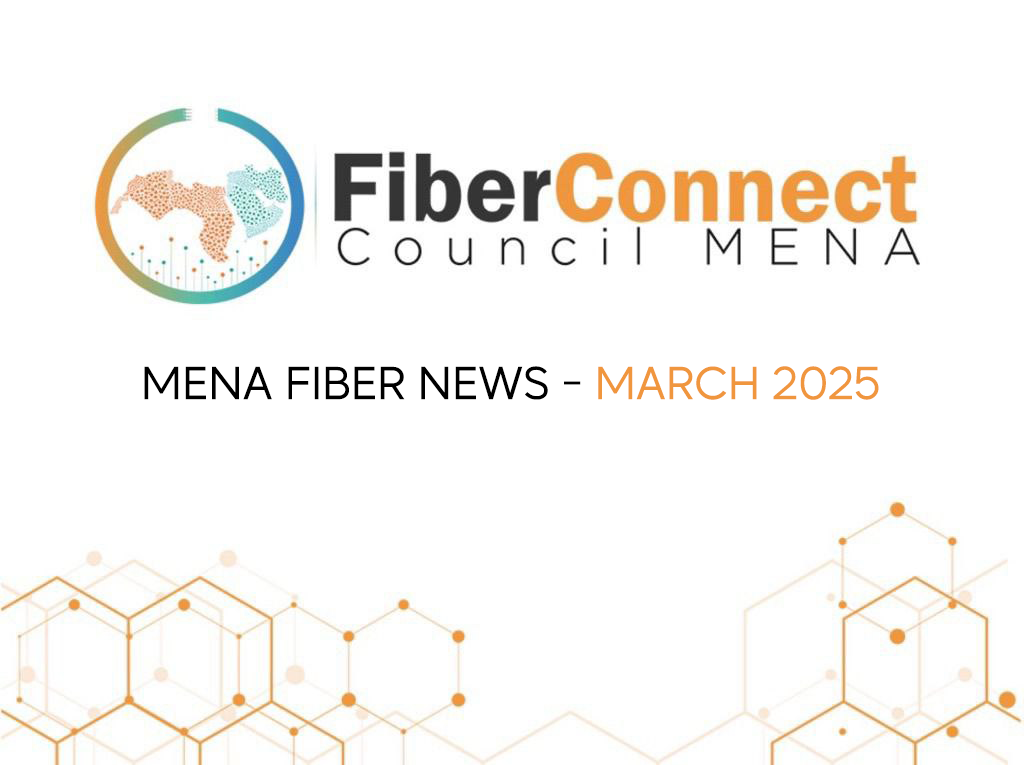Network connectivity has often been referred to as the 4th utility of the 21st century. But even in many developed countries, affordability and access to this critical part of the national infrastructure is still lacking. In the U.S., for example, when the coronavirus pandemic forced millions to stay home, an estimated one in five school-aged children lacked the high-speed internet connection needed to access lessons and other materials.
The issue, it turns out, is not limited to those living in depressed and underserved urban areas. A 2020 study by the National Association of Counties (NACo) estimated that 65-percent of U.S. counties have average connection speeds lower than the FCC’s definition of broadband. While counties of all sizes had connectivity issues, the majority were seen in small and medium-sized counties (populations of 500,000).ii
The lack of accessible and affordable high-speed broadband is global. According to Internet World Stats, 42-percent of the world was yet to be connected to any type of broadband as of mid-2019. Those who do have access pay an average
of $56.59 per month or more depending onxtra costs like equipment fees and installation costs.








